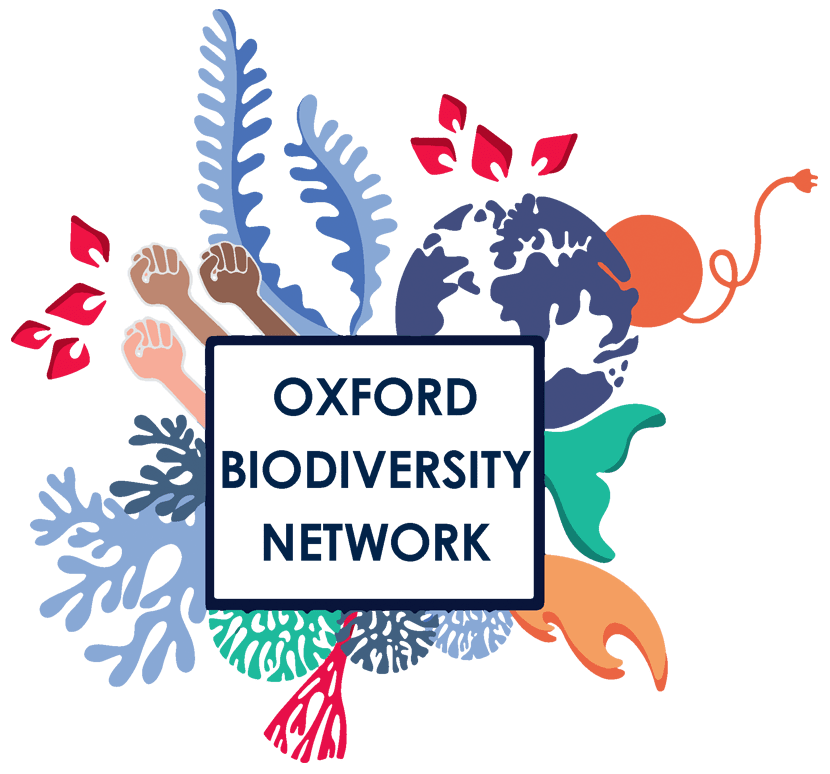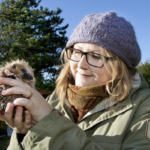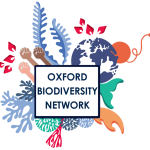Connectivity modelling for a species-driven nature recovery network in Oxfordshire

The development of England’s new Nature Recovery Network has been piloted in several counties in the country, but few has systematically mapped connectivity based on species dispersal.
This study proposes and evaluates a novel modelling framework that integrates various layers of species information into a spatial conservation prioritization analysis. It aims to strategically identify optimal zones for nature recovery that can maximize species connectivity in Oxfordshire, using bats as a focal species. The framework was able to not only identify key landscape corridors but also stepping stone habitats for bats, and emphasized how well-placed, small-scale green and blue infrastructure, such as hedgerows and ponds, can be just as effective as larger reserves. It also found that the current coverage of protected areas may not adequately be protecting woodland habitat needed for connectivity. Next steps for Oxfordshire’s NRN should scale up the application of this connectivity framework to address these areas of priority in the landscape
Read Angela Liu’s dissertation here




